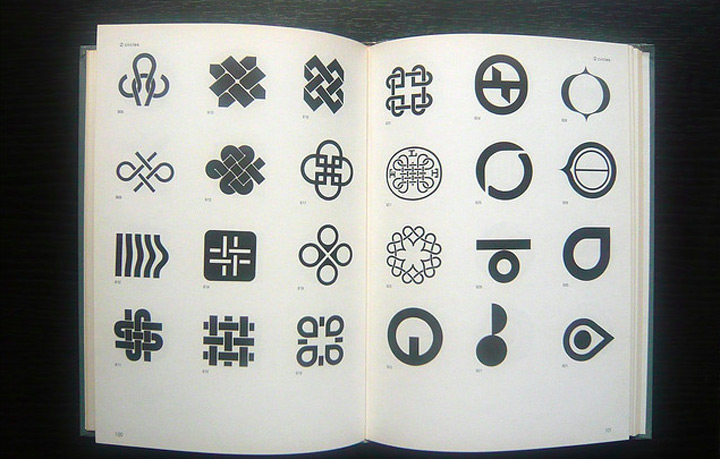The most powerful tool in the logo designer’s toolbox is often the symbol. Defining the identity of the company is crucial when creating the visual face of the brand. The designer must carefully contemplate on how the logo defines the identity and how others will perceive it.
A strong logo will embody the company’s identity and allow the customer to form a bond of trust with the brand. However, if you are a designer you will understand the exactly what gives a logo its strength so that you can keep on delivering quality works of art for your client.
To a designer, a symbol is a mixture of graphic components that can be in the place of words. Remember the phrase a picture speaks a thousand words. Well the symbol should be chosen with telling the brands story in mind. That is why it is such a tricky task. Therefore if you are a logo designer, understanding how you can use symbols in the correct way to avoid any misunderstandings is crucial. If a symbol is used incorrectly the consequences can be disastrous and you can end up with one very unhappy client.
Symbols – the impact they have on logos
Today, a company is remembered for what they stand for and what they represent. This is often seen as more important when compared to who they actually are. If a consumer is to trust your brand and come to rely on it for their regular purchases of a certain item or service, it helps if they can identify with what the brand stands for. Consumer psychology often advocates a consumer will be attracted to a brand who portrays an image they feel is in line with their personality and helps display this externally to their social peers. Furthermore if you want your brand to be something people want to associate themselves with, you must use the right symbols in the right way.
People may say that the logo itself is a symbol. However it is not the case. A logo is a symbol for the company and its identity and concurrently employs former symbols to achieve this. The designer holds a powerful tool in their hands therefore as the symbol when used in the right way, can trigger on a subconscious level different emotions and desires within the target audiences minds. So thinking about what a symbol stands for is absolutely crucial.
Symbols and their influence on the branding process
To create a memorable brand, they need to connect to the community and world around the consumer. It is an important part of social life and can contribute to the overall experience of how we live from day to day. To understand this psychoanalytically, when a brand is created it links to gaining a deeper insight into how a human communicates with the world and expresses their emotions to others. It is simply knowing how we communicate as humans to gain satisfaction. So when using symbols in logos, make sure they:
1. Tell a story
By doing a good amount of research, you can ensure the symbols you include not only look good but have a deeper significance and display distinctive representations
2. Appeal to an international audience
Symbols should not only be looked at from your cultural perspective, but wherever you are marketing to you must consider your audience. What one symbol may represent in one culture may mean something completely different in another.
3. Are clear and can be understood
Conflicting symbols and communication can complicate and confuse the message you are trying to send to your audience. So ensure your symbols all merge neatly with the typefaces, shapes, language and colours you use.
4. Are consistent with the communication
Every logo should send a message. The logo should also be in line with your other marketing communication so consistent campaigns can be built. This is when your marketing strategy takes flight as your customer can see how different messages connect and see the bigger picture.



